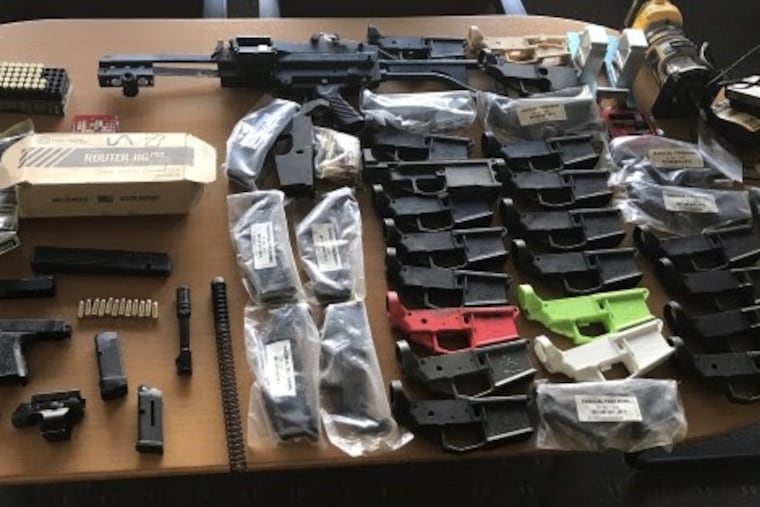Philadelphia man manufactured ghost guns, including AR-15s, inside his Kensington home, prosecutors say
Prosecutors said Luis Soto ordered dozens of gun parts online, then used a drill press to assemble untraceable automatic weapons and handguns.

Prosecutors said Luis Soto ordered dozens of gun parts online, then used a drill press to assemble untraceable automatic weapons and handguns.
